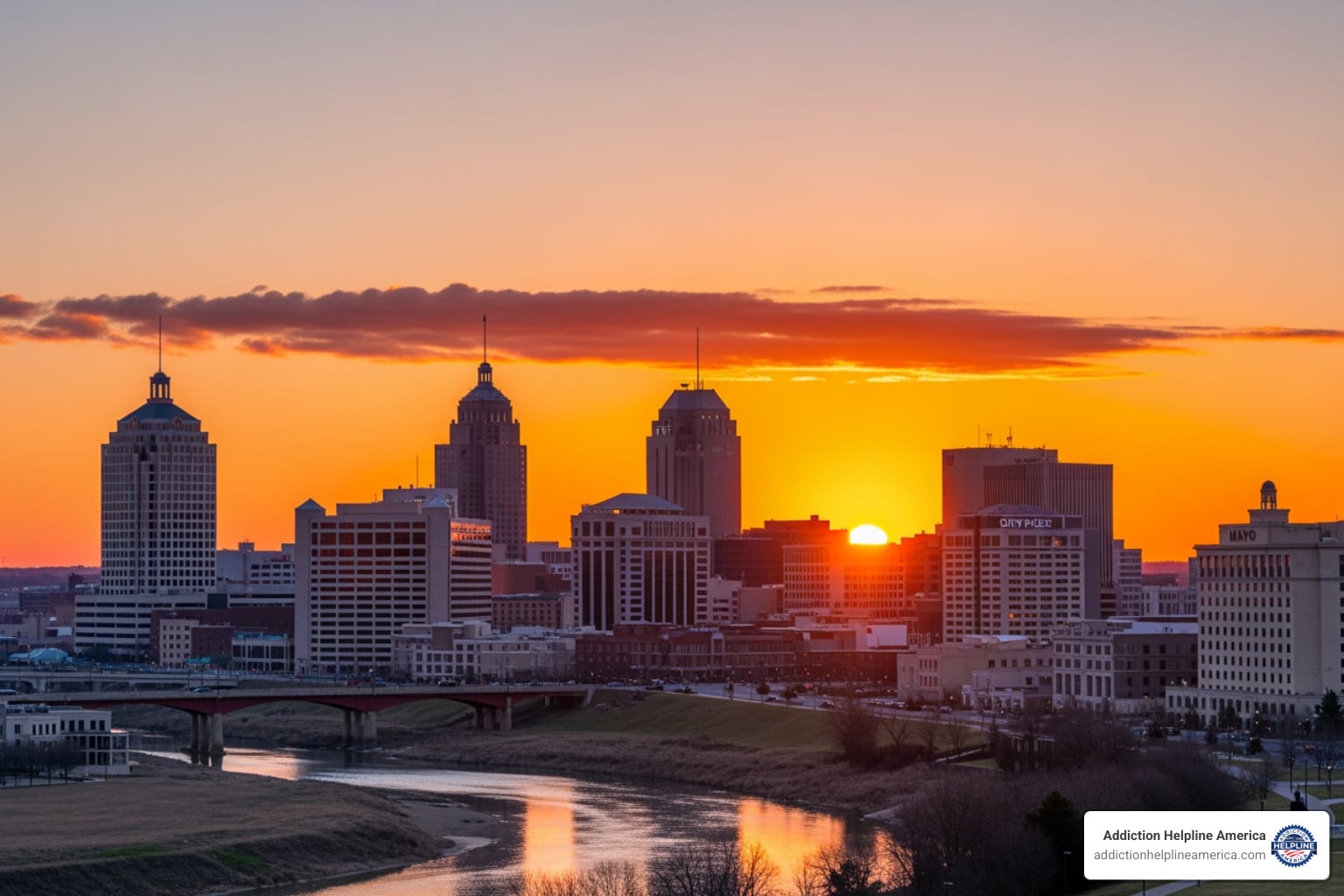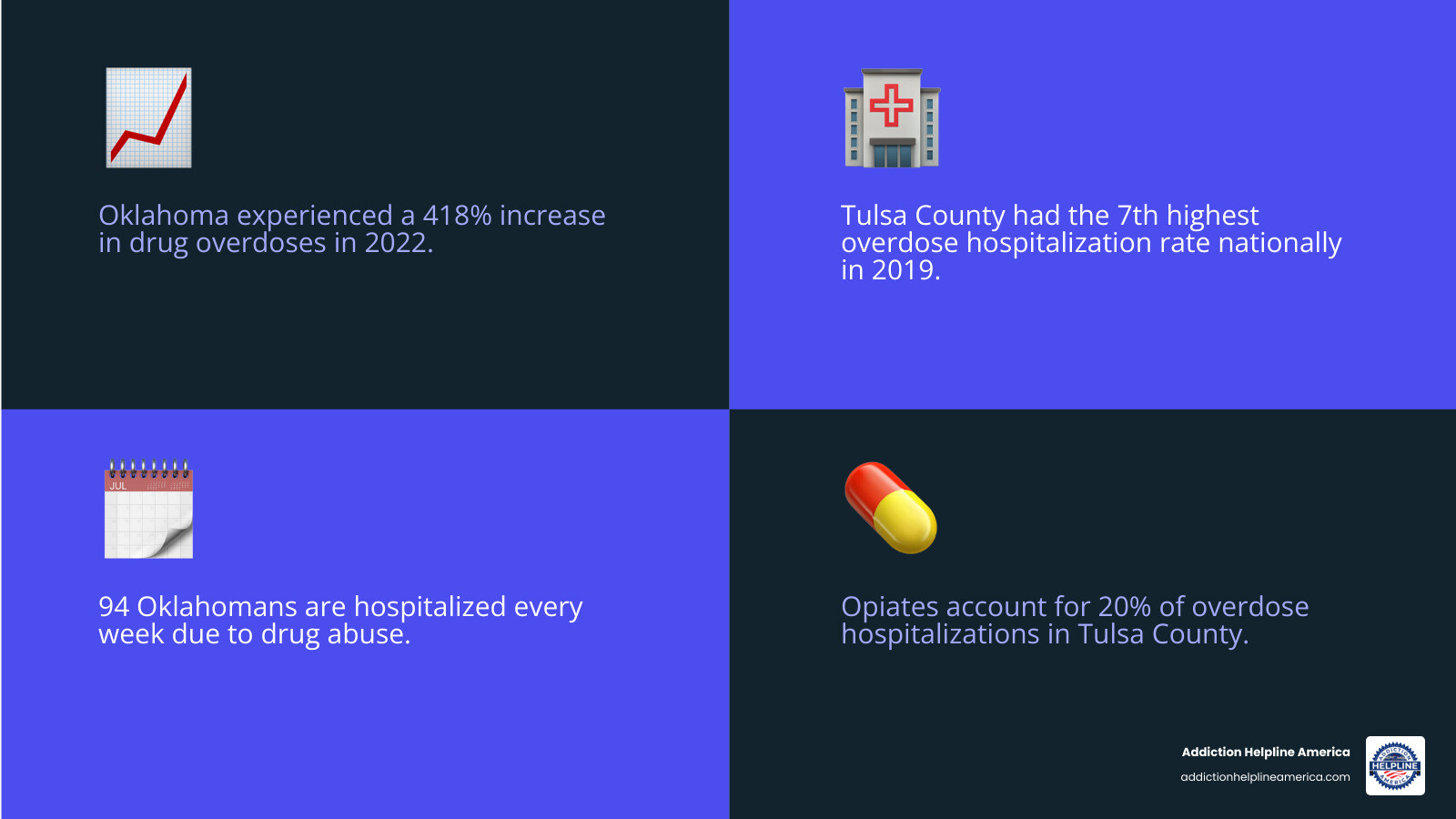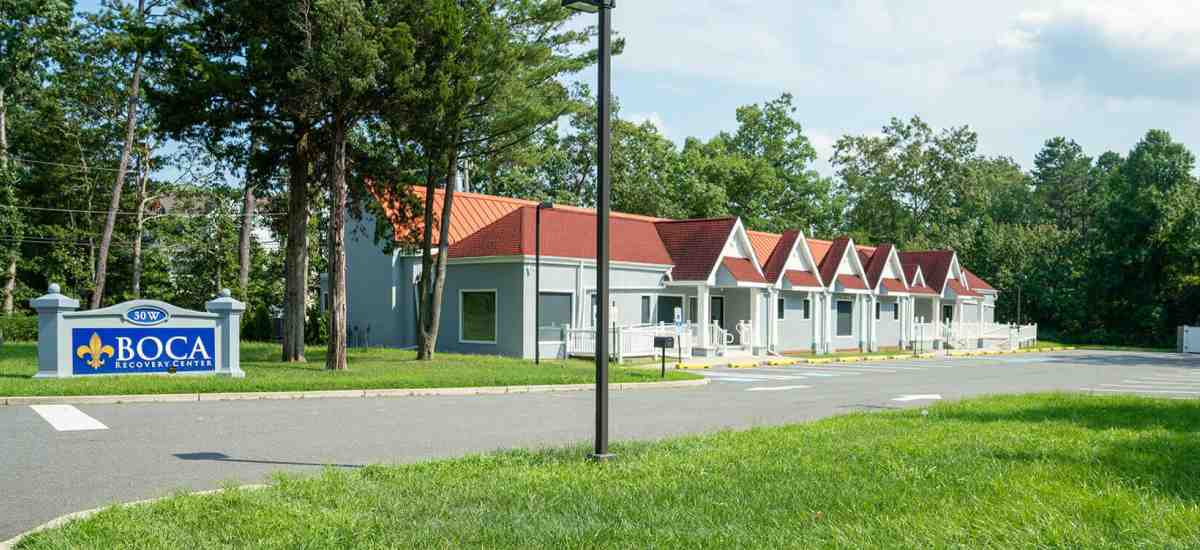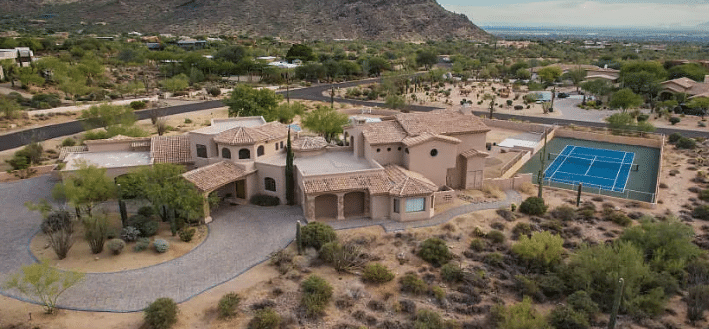
Understanding Your Options for Addiction Treatment in Tulsa
Tulsa oklahoma rehab facilities offer a full spectrum of care for individuals and families facing addiction, from medical detox and inpatient care to outpatient programs and aftercare. With over 30 treatment centers in the area, help is available through various payment options, including Medicaid, private insurance, and sliding scale fees.
Quick Overview of Tulsa Rehab Options:
- Levels of Care: Medical detox, inpatient/residential, partial hospitalization (PHP), intensive outpatient (IOP), standard outpatient, sober living
- Specialized Programs: Gender-specific treatment, dual diagnosis for co-occurring mental health disorders, veterans programs, LGBTQ+ affirming care
- Payment Options: 19 centers accept Medicaid, 13 accept private insurance, 6 accept TRICARE, 5 offer IHS/tribal funding, 14 accept self-pay
- Free/Low-Cost Options: No-cost residential programs, state-funded services, and sliding scale payment assistance are available.
The need for quality addiction treatment in Tulsa is urgent. In 2019, Tulsa County had the seventh highest overdose hospitalization rate in the country. More recently, Oklahoma saw a staggering 418% increase in drug overdoses in 2022, making residents more likely to die from an overdose than a firearm. Every week, 94 Oklahomans are hospitalized due to drug abuse.
But here’s the truth that matters most: recovery is possible. The right treatment center can be life-changing, providing medical care, hope, and a path forward.
This guide examines Tulsa’s addiction treatment landscape to help you make an informed decision. We’ll break down different treatment options, explain payment methods, and walk you through what to expect. At Addiction Helpline America, we’ve helped over 4 million families find the right treatment since 2013. Our team of specialists is here to help you steer the path to recovery.
Basic tulsa oklahoma rehab facilities vocab:
The State of Addiction in Tulsa: Statistics and Local Laws
The numbers tell a difficult story. If addiction has touched your life, you’re not alone—and understanding the local situation is the first step toward finding help.
Tulsa ranks as the 72nd highest city for drug use nationwide. Oklahoma saw a 418% increase in drug overdoses in 2022, meaning residents are now more likely to die from an overdose than from a firearm. In 2019, Tulsa County reported the seventh highest overdose hospitalization rate in the country, and today, 94 Oklahomans are hospitalized due to drug abuse every week. Opiates were a factor in one in five overdose cases, while prescription anxiety medication accounted for 15% of overdose hospitalizations in Tulsa County that year.
There is also a troubling gender pattern: women are 50% more likely to be hospitalized for drug-related emergencies, while men are twice as likely to die from an overdose. These disparities highlight the need for treatment that addresses individual circumstances.
Fortunately, Oklahoma has laws in place to protect people and expand access to treatment.
Oklahoma’s Good Samaritan Overdose Prevention Law protects anyone who calls 911 during an overdose from prosecution for drug possession. This law saves lives by removing the fear of seeking emergency help.
Mental Health Parity laws require insurance companies to cover addiction and mental health treatment just as they cover other medical conditions. This makes care more affordable and accessible for thousands of Oklahomans.
The Opiate Prescription Regulation Bills (HB 1446) help prevent fraudulent prescriptions by requiring electronic registration for opiates, reducing the flow of prescription opioids that can lead to addiction.
Finally, Oklahoma has expanded Naloxone access. Naloxone (Narcan) reverses opioid overdoses, and making it available to first responders and families means more people survive and get a chance at recovery.
These laws represent progress, but they only work when people can access the treatment they need. That’s where tulsa oklahoma rehab facilities and organizations like Addiction Helpline America come in—to bridge the gap between policy and real-world help.
What Defines the Best Tulsa Oklahoma Rehab Facilities?
There’s no single “best” rehab that works for everyone. Your journey is unique. However, excellent tulsa oklahoma rehab facilities share five core features that consistently lead to better recovery outcomes.
Think of these as your roadmap for evaluating options. The best centers hold accreditations from respected organizations like SAMHSA, CARF, and the Joint Commission, proving they meet rigorous standards for quality and safety. They employ licensed professionals, including doctors, nurses, and certified addiction counselors.
Most importantly, top-tier facilities build their programs around evidence-based therapies. They create individualized treatment plans custom to your specific situation and practice patient-centered care, treating you with dignity and respect.
Let’s explore these five defining features.
Feature 1: A Full Continuum of Care
Effective tulsa oklahoma rehab facilities offer a complete spectrum of care to meet you where you are and adapt as your needs change.
- Medical detox provides 24/7 monitoring in a safe environment to manage withdrawal symptoms, which is crucial for substances like alcohol, opioids, or benzodiazepines.
- Inpatient or residential treatment involves living at the facility for 30 to 90 days, immersed in recovery away from daily triggers.
- Partial Hospitalization Programs (PHP) offer intensive daytime treatment while you return home or to a sober living environment at night, bridging the gap between inpatient and outpatient care.
- Intensive Outpatient Programs (IOPs) provide flexibility, allowing you to attend therapy multiple times a week while maintaining work, school, or family life.
- Standard outpatient care involves less frequent sessions, ideal for those with less severe addictions or transitioning from more intensive programs.
- Aftercare planning is essential for long-term success. Great facilities provide relapse prevention strategies, therapy connections, and links to support networks and sober living homes.
Comparing Inpatient vs. Outpatient Addiction Treatment in Tulsa:
| Feature | Inpatient (Residential) Treatment | Outpatient Treatment (IOP/PHP) |
|---|---|---|
| Environment | 24/7 supervised living at the facility | Live at home, attend sessions during the day/evening |
| Intensity of Care | High; highly structured, intensive therapy, medical supervision | Moderate to High; structured therapy, varying intensity (PHP more than IOP) |
| Medical Support | Full medical team, often includes detox | Access to medical care, but not 24/7 on-site |
| Cost | Generally higher | Generally lower |
| Flexibility | Limited; full immersion in treatment | High; allows for work, school, family responsibilities |
| Suitability | Severe addiction, high relapse risk, co-occurring disorders | Moderate addiction, stable home environment, step-down from inpatient |
| Typical Duration | 30, 60, or 90+ days | Weeks to months, depending on program type and individual needs |
Feature 2: Integrated Dual Diagnosis Programs
More than half of people with addiction also struggle with mental health conditions like depression, anxiety, or PTSD. This is called a dual diagnosis or co-occurring disorder. Treating one without the other is rarely effective.
The best tulsa oklahoma rehab facilities treat both conditions simultaneously through integrated programs. This means you aren’t bouncing between different providers. Trauma-informed care is a key part of this, creating a safe environment to process past trauma without derailing recovery.
Integrated treatment teams—including psychiatrists, therapists, and medical doctors—collaborate on your care plan. This holistic approach addresses the root causes of addiction, not just the symptoms, and dramatically improves outcomes.
Feature 3: Specialized Treatment Tracks
Effective tulsa oklahoma rehab facilities offer specialized tracks for specific populations, because a one-size-fits-all approach doesn’t work.
- Gender-specific programs create safe spaces where men or women can focus on issues unique to their experience. Some centers offer residential care where mothers can bring their children, removing a major barrier to treatment.
- Veterans and military programs address the unique challenges of service members, such as combat trauma and military culture.
- LGBTQ+ affirming care provides a welcoming environment where individuals can be their authentic selves without fear of judgment.
- Age-specific treatment recognizes the different needs of adolescents, young adults, and seniors.
- Substance-specific programs target addictions like opioids, alcohol, or methamphetamines with specialized interventions and medication-assisted treatments (MAT) like Suboxone, buprenorphine, or Vivitrol. MAT is an evidence-based treatment that saves lives and supports long-term recovery.
Feature 4: Robust Family and Community Support
Addiction affects the entire family. The best tulsa oklahoma rehab facilities extend healing beyond the individual.
Family therapy helps repair damaged relationships, improve communication, and teach families how to support recovery without enabling. Addiction education helps loved ones understand that addiction is a disease, not a moral failing.
Connecting with a sober support network is also vital. Quality facilities encourage participation in groups like Alcoholics Anonymous (AA), Narcotics Anonymous (NA), and SMART Recovery. These groups provide peer support and a sense of belonging that extends far beyond formal treatment. This focus on connection and purpose gives recovery deeper meaning—it’s about building a life worth living.
Feature 5: Accessible Payment & Insurance Options
Financial constraints should not prevent you from getting help. The best tulsa oklahoma rehab facilities offer multiple payment options.
- Private health insurance is accepted by 13 facilities near Tulsa. Oklahoma’s Mental Health Parity Laws mandate that insurers cover substance use disorder treatment.
- Medicaid and SoonerCare are accepted at 19 facilities in the Tulsa area, providing coverage for low-income individuals.
- Medicare is accepted at 7 local rehabs, and TRICARE for military families is accepted at 6 facilities.
- Self-pay or cash options are available at 14 facilities. Many non-profit or state-funded centers offer sliding scale fees, adjusting the cost based on your income.
- Free and low-cost options are also available. Some programs offer completely free residential recovery. Additionally, 5 facilities receive IHS/tribal funding for eligible Native Americans, and 7 programs accept other state insurance plans.
Some private facilities offer financial aid or payment plans. The average cost of treatment in Tulsa ($52,055) is lower than both the state and national averages, and outpatient programs typically cost significantly less. Always verify your coverage with your insurance provider and the facility. If you feel overwhelmed, Addiction Helpline America can help you find treatment that fits your budget.
The Patient Journey: What to Expect from Admission to Aftercare
Knowing what to expect can make starting the recovery journey less intimidating. Tulsa oklahoma rehab facilities guide you through every stage of healing.
Your journey begins with a confidential initial assessment call. A treatment expert will ask about your substance use, mental health, and support system to match you with the right level of care. Your information is protected by HIPAA, ensuring your privacy.
The admission process involves paperwork and discussing payment. Most residential facilities temporarily hold personal items like cell phones to help you focus entirely on healing without outside distractions. It’s wise to ask what to bring beforehand.
A typical day in rehab follows a structured routine to create stability. Days include:
- Individual therapy with a licensed therapist, often using approaches like Cognitive Behavioral Therapy (CBT) or Dialectical Behavior Therapy (DBT) to build healthier coping skills.
- Group counseling, which provides a powerful sense of community and breaks the isolation of addiction.
- Educational workshops on the science of addiction, trigger management, and healthy living.
- Holistic therapies such as yoga, art, or music to help you process emotions and manage stress.
As you progress, your team will begin discharge planning. This critical phase prepares you for life after rehab and is customized to your needs. It includes developing relapse prevention strategies by identifying your triggers and creating a plan to manage them. You’ll also arrange for ongoing therapy to continue your growth.
Connecting with support groups like Alcoholics Anonymous or Narcotics Anonymous is another vital piece of aftercare. For some, transitioning to a sober living home provides a supportive, drug-free environment to practice recovery skills while reintegrating into daily life.
Many facilities also offer alumni programs to keep you connected to the recovery community through check-ins, events, and workshops. This long-term support acknowledges that recovery is a lifelong journey.
It’s also important to know that the Americans with Disabilities Act (ADA) protects you from workplace discrimination for seeking treatment. You cannot be fired for going to rehab, and your job should be secure upon your return.
At Addiction Helpline America, we’ve guided thousands through this journey. The path isn’t always easy, but you don’t have to walk it alone.
Frequently Asked Questions about Tulsa Rehab Centers
Making the decision to seek treatment comes with many questions. We’ve gathered the most common ones we hear from families in Tulsa to help you feel more prepared.
How do I find the most suitable addiction treatment center in Tulsa?
Finding the right tulsa oklahoma rehab facilities is a personal decision. The “best” center is the one that fits your unique needs.
Start by assessing your situation: the severity of the addiction, any co-occurring mental health challenges, and the substances involved. Do you need medical detox? Would a structured residential program be best, or do you need the flexibility of outpatient care?
Next, verify that any facility you consider holds accreditation from organizations like SAMHSA, CARF, or the Joint Commission. These credentials are proof of high standards for safety and quality care.
When you call, ask detailed questions. What is the staff-to-patient ratio? What is their treatment philosophy? Some centers focus on the 12-step model, while others emphasize therapies like CBT or holistic approaches. Choose a philosophy that resonates with you.
Reading testimonials and reviews from former patients can also provide valuable perspective on a center’s culture and effectiveness. Finally, understand your insurance coverage and payment options. Ask about rehab scholarships, sliding scale fees, or payment plans if finances are a concern. We can help you steer these conversations to find affordable, effective care.
What are the key differences between inpatient and outpatient addiction treatment?
Choosing between inpatient and outpatient care depends on the severity of your addiction and your home support system.
Inpatient or residential treatment means living at the facility 24/7, typically for 30 to 90 days. It offers a highly structured environment with intensive therapy and medical supervision, often starting with detox. Inpatient care is best for severe addiction, high relapse risk, or co-occurring disorders. It generally costs more than outpatient options.
Outpatient treatment allows you to live at home while attending therapy. Partial Hospitalization Programs (PHPs) offer full-day programming, while Intensive Outpatient Programs (IOPs) provide more flexibility for work or family responsibilities. Outpatient care is less expensive and works well for those with less severe addictions or as a step-down from inpatient care. However, withdrawal from alcohol or benzodiazepines can be dangerous and requires an inpatient medical detox first.
Are there free or low-cost addiction treatment options available in Tulsa?
Yes. Cost should never prevent you from getting the help you need. Tulsa has numerous options for free or affordable addiction treatment.
- No-cost programs, such as some residential recovery programs for men, are available.
- State-funded facilities offer services at significantly reduced costs or for free to eligible individuals.
- Medicaid or SoonerCare is accepted by nineteen rehab programs near Tulsa. Medicare is accepted at seven facilities.
- TRICARE provides coverage for military families at six local facilities.
- Many non-profit centers offer sliding scale payment options, adjusting your cost based on your income.
- For eligible Native American individuals, five facilities near Tulsa receive funding from the Indian Health Service or tribal organizations.
Payment options commonly accepted by tulsa oklahoma rehab facilities include Medicaid/SoonerCare, Medicare, private health insurance, TRICARE, IHS/Tribal/ITU funds, other state-financed health insurance, self-pay, sliding scale fees, and financial aid. We strongly encourage you to ask facilities about these options. Recovery is possible for everyone, regardless of financial situation.
Take the First Step Towards Recovery in Tulsa
We’ve covered the features that make tulsa oklahoma rehab facilities effective, from a full continuum of care and dual diagnosis programs to specialized tracks and accessible payment options.
Here’s what matters most: the “best” rehab is personal. The most effective treatment center is the one that aligns with your unique needs, circumstances, and goals for lasting sobriety. Whether you need gender-specific care, dual diagnosis treatment, or an affordable program, the right fit is out there.
Recovery is possible. Millions of people who once felt hopeless have found the right support, done the work, and built lives they are proud of. You can too.
We understand that taking action is crucial, yet it’s often the hardest part. Reaching out for help requires courage and vulnerability. That first phone call is the moment where everything begins to change.
At Addiction Helpline America, we’ve helped over 4 million people find their path to recovery since 2013. We know how overwhelming this process can feel, especially in a crisis. We offer free, confidential, and personalized guidance to help you find the right tulsa oklahoma rehab facilities from our network of trusted centers.
You don’t have to figure this out alone. You just have to take that first step.
Our helpline is 100%
free & confidential
If you or someone you care about is struggling with drug or alcohol addiction, we can help you explore your recovery options. Don’t face this challenge alone—seek support from us.
Programs
Resources
Will my insurance
cover addiction
treatment?
We're ready to help
Find the best
drug or alcohol treatment
center
Are you or a loved one struggling with addiction? Call today to speak to a treatment expert.

















